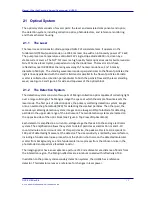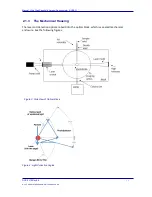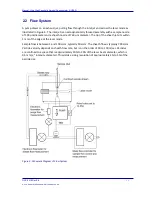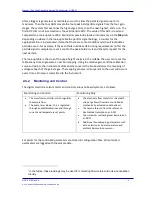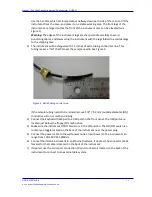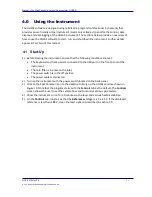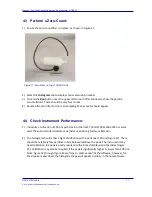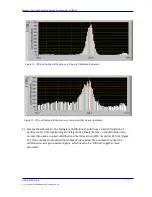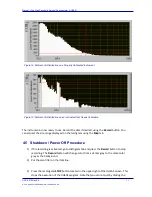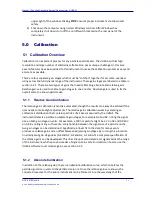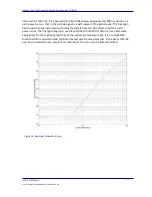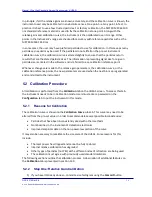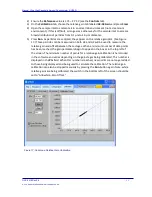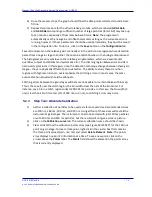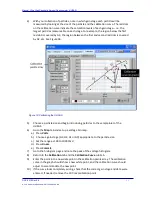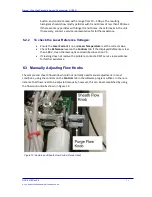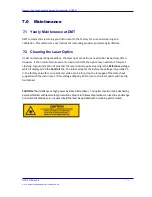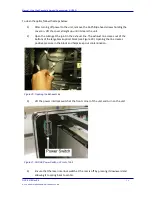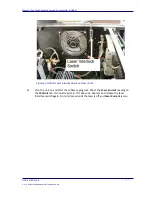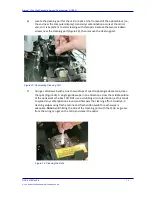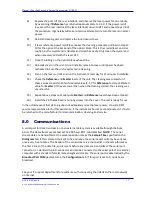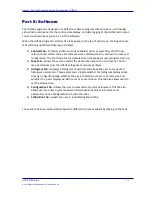
Manual, Ultra High Sensitivity Aerosol Spectrometer (UHSAS)
DOC-0210 Rev E-4
2 6
© 2017 DROPLET MEASUREMENT TECHNOLOGIES
upper right of the window. Clicking
STOP
ensures proper instrument shutdown and
safety.
4)
Shut down the computer using normal Windows controls. After Windows has
completely shut down, turn off the on/off switch located on the rear panel of the
instrument.
5.0
Calibration
5.1 Calibration Overview
Calibration is an important process for any particle spectrometer. The UHSAS, with its high
resolution and large number of arbitrarily settable bins, poses unique challenges in this area.
Several features have been added to this instrument to make the calibration process as easy and
accurate as possible.
There are four separate gain stages which must be “stitched” together for accurate, seamless
sizing across the full dynamic range of the instrument. These gain stages are labeled in a table in
section 2.3.1. There are two types of gains that need calibrating: absolute and relative gains.
Relative gains are used to calibrate gain stages to one another. Absolute gain is used to fix the
overall scale to a known particle size.
5.1.1
Relative Gain Calibration
The relative gain calibration is mostly automated, though the results can always be altered if the
user needs to make slight adjustments. The relative gain calibration works by sampling an
ambient air distribution that contains particles of all sizes measured by the UHSAS. The
instrument detects a particle on adjacent gain stages, for example G3 and G2, noting the signal
size on both gain stages in volts. For example, a 100 nm particle might be 3 V on G3 and 0.060 V
on G2. By noting many such events, a relationship between the signal size of a particle on the
two gain stages can be determined. Specifically, a linear fit to the data for many events
produces a relative gain and an offset between adjacent gain stages. By running this procedure
on all adjacent gain stage pairs (G3 and G2; G2 and G1; G1 and G0) a complete specification of
the relative gains can be developed. This links the optical and electronic signals across the range
of the instrument, which spans 6 decades of signal size in volts. For details on how to use the
UHSAS software to set relative gains, see section 5.2.2.
5.1.2
Absolute Calibration
In addition to the relative gains, there is an absolute calibration curve, which correlates the
particle signal size in volts to the particle size in nm. Once the relative gains are known, the
corrected response for the entire instrument can be formed. Since the wavelength of the

